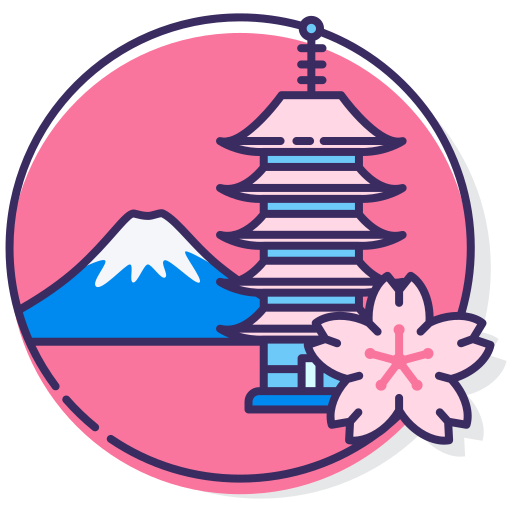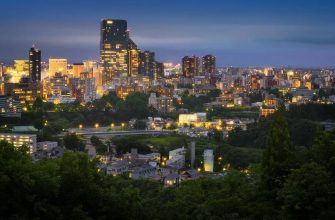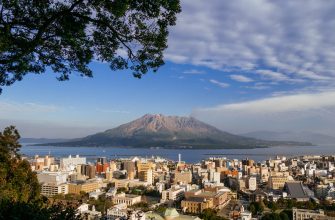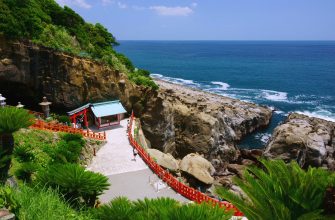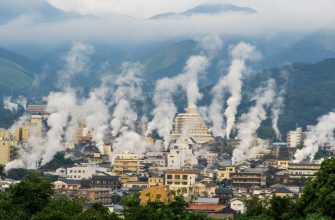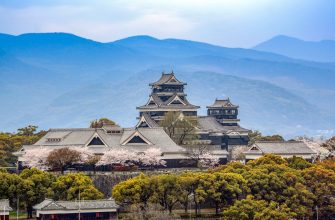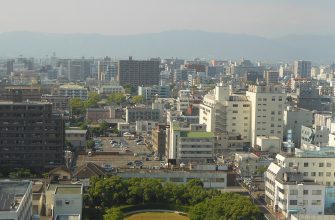Kyoto, once the heart of Japan and the emperor’s residence for over a millennium, is a vibrant confluence of the past and present. Visitors to Kyoto Prefecture are greeted with a rich tapestry of cultural landmarks, from awe-inspiring temples and shrines to meticulously-crafted gardens that have stood the test of time. As the cultural epicenter of Japan, it immerses travelers in traditional Japanese culture while still providing a glimpse into its progressive evolution.
Venturing beyond the iconic Kyoto Station, explorers find themselves surrounded by the allure of Uji, renowned for its premium green tea, and the scenic harmonies of Japanese nature trails that wind through Kyoto’s expansive landscape. Endless opportunities for discovery abound, whether it’s through participating in cultural festivals that paint the streets with color or quietly regarding the slow, meditative movements of a tea ceremony. With each season offering a different facet of its charm, Kyoto beckons with experiences that resonate long after the journey is over.
Delving into Kyoto
Heritage and Traditions
Kyoto, once the imperial capital, is imbued with deep historical significance. This city is a treasure trove for those who seek to connect with Japan’s ancestral roots. Numerous temples and shrines act as portals to bygone eras, offering a rich tapestry of traditional experiences. These cultural landmarks, many recognized as UNESCO World Heritage Sites, allow one to appreciate the continuity of Japanese customs and spirituality.
Green Spaces and Recreation
For nature aficionados, Kyoto serves as a gateway to tranquility amidst its verdant allure. Wander through the iconic Arashiyama Bamboo Grove, which offers not just a visual feast but also a symphony of rustling leaves. The city’s gardens, often nestled within temple grounds, are masterpieces of landscape art, providing an oasis of calm. Thrill-seekers can revel in outdoor activities like mountain biking and hiking along scenic trails that boast panoramic views of the countryside.
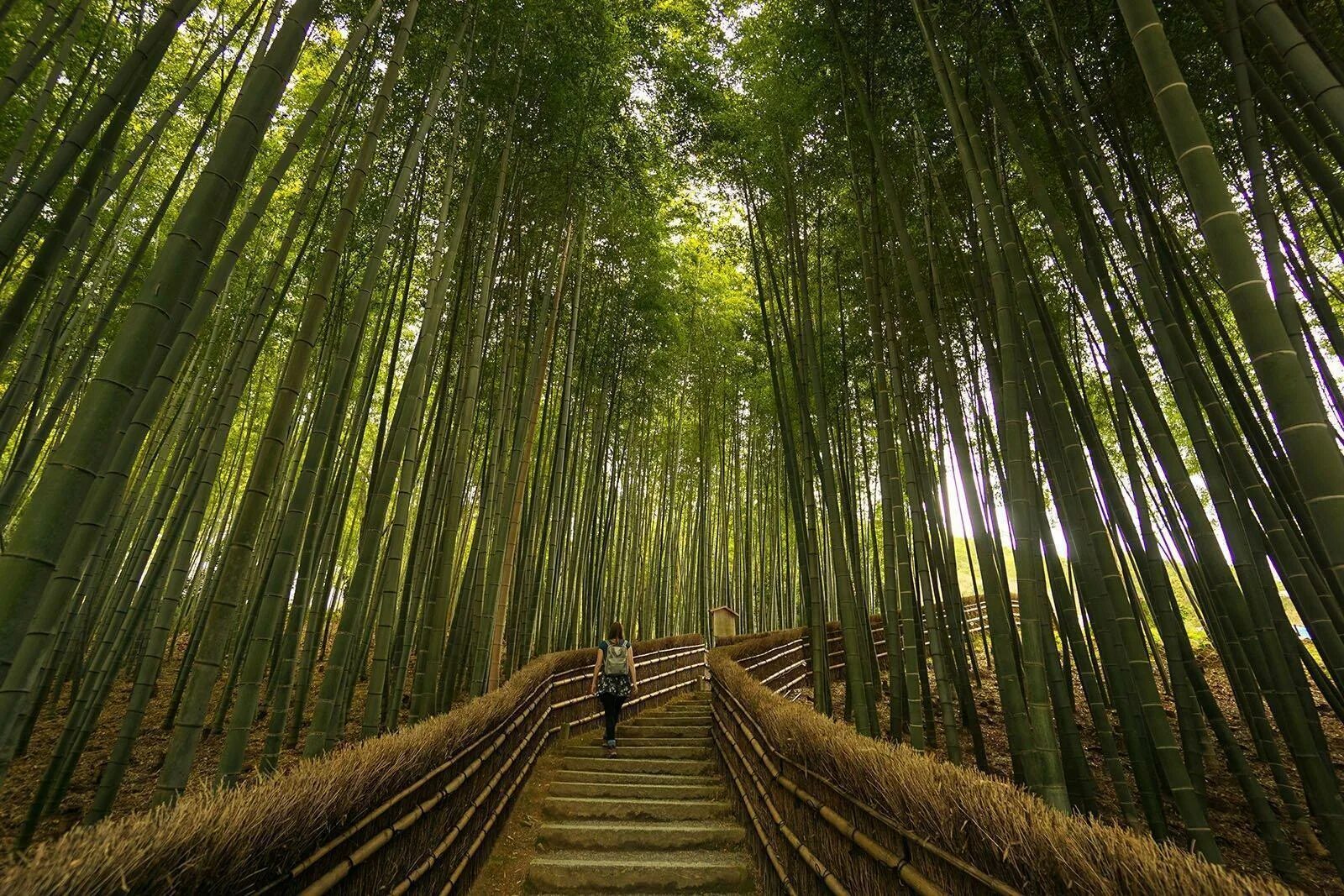
Retail and Gastronomy
In Kyoto, the confluence of old and new creates an eclectic shopping and culinary scene. Traditional markets, such as the renowned Nishiki Market, invite gourmands to savor the flavors of authentic Japanese dishes and the richness of local crafts. Modern shopping districts blend high-end brands with quaint shops, creating a vibrant atmosphere for shoppers and offering a window into the lifestyle of Kyoto.
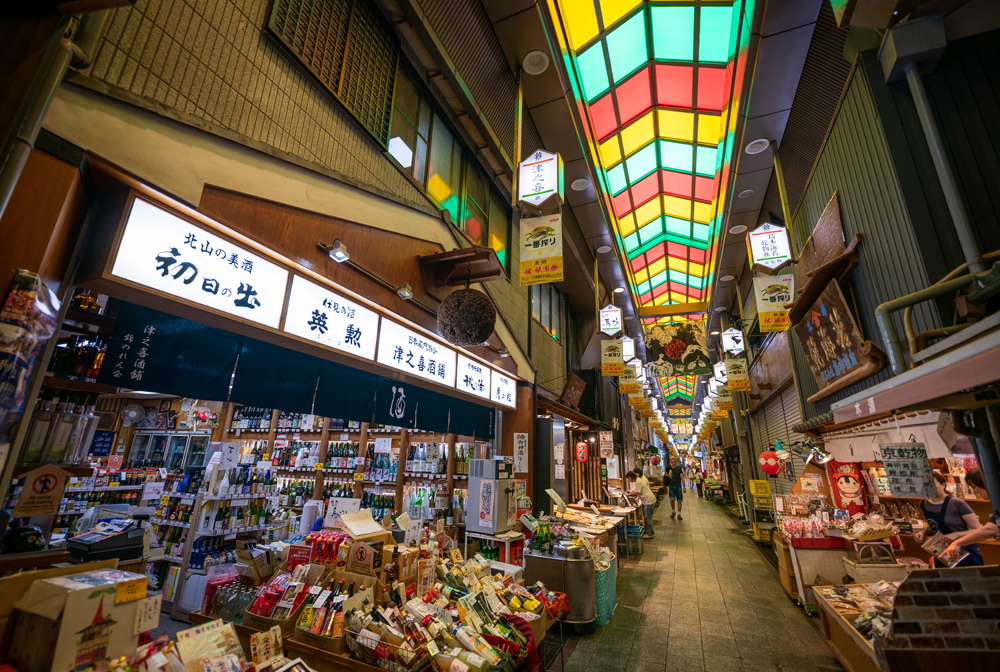
Creative Expressivity and Structural Elegance
The city’s artistic endeavors and architectural feats paint a picture of its glorious history and creative pulse. Art institutions house collections spanning from timeless historical pieces to modern art expressions, reflecting Kyoto’s artistic evolution. Architectural marvels, from palaces to public buildings, exhibit the finesse of Japanese design and ingenuity. Artistic workshops and guided explorations of Kyoto’s architectural splendors are available for those seeking to engage intimately with the city’s artistic heritage.
Kyoto’s Historic Highlights
Temple of Pure Water
The Pure Water Temple, recognized by UNESCO, stands as a prominent historic site that captivates visitors with its impressive vistas of Kyoto and the encompassing scenery.
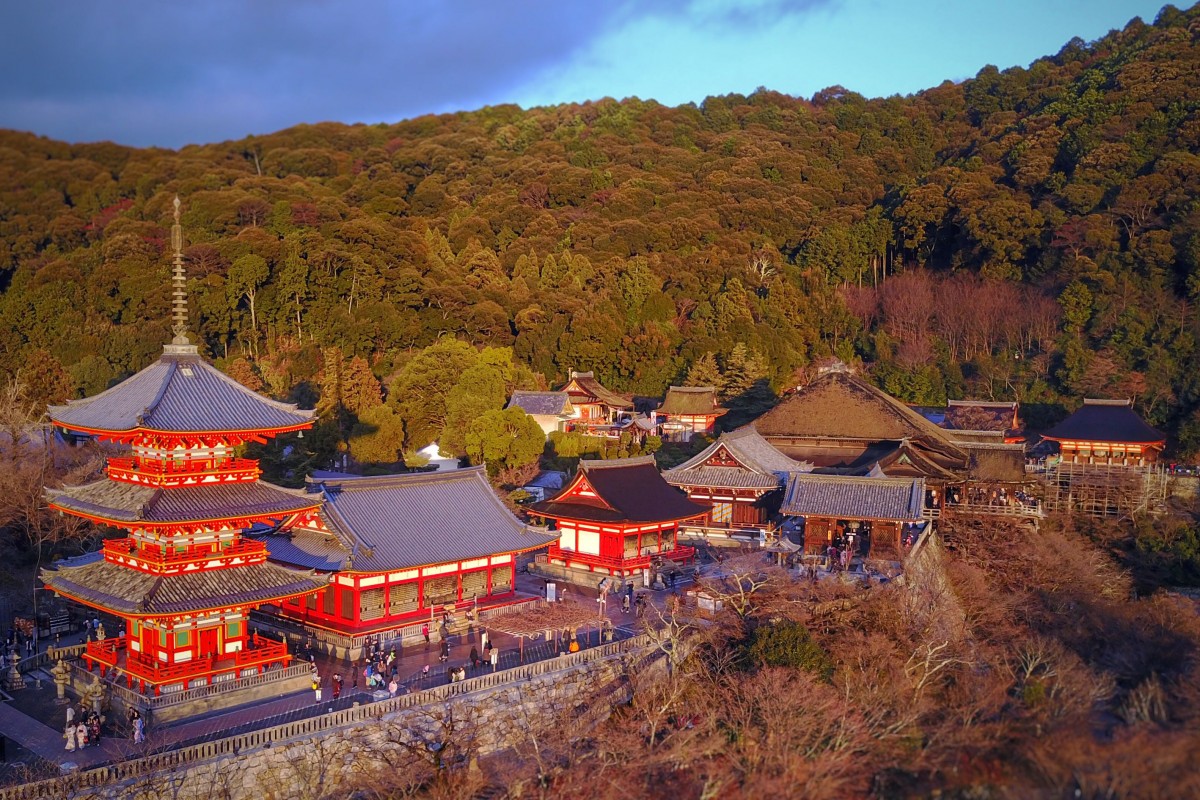
- UNESCO Status: Esteemed as part of the cultural heritage.
- Location Delight: Panoramic city and nature views.
- Cultural Draw: Insight into Japanese history and spirituality.
Haven of Kodai
The Haven of Kodai, dating back to 1606, is enveloped by tranquil gardens and traditional Japanese architectural splendor.
- Historical Significance: Remains a testament to early 17th-century Japan.
- Experience: Engage in the serenity of tea ceremonies.
- Architecture: Classical Japanese design amidst peaceful surroundings.
Hall of a Thousand Kannon
This Hall of a Thousand Kannon is renowned for its extended wooden enclave, which shelters a multitude of Kannon deity figures, reflecting the depth of Japanese spiritual artistry.
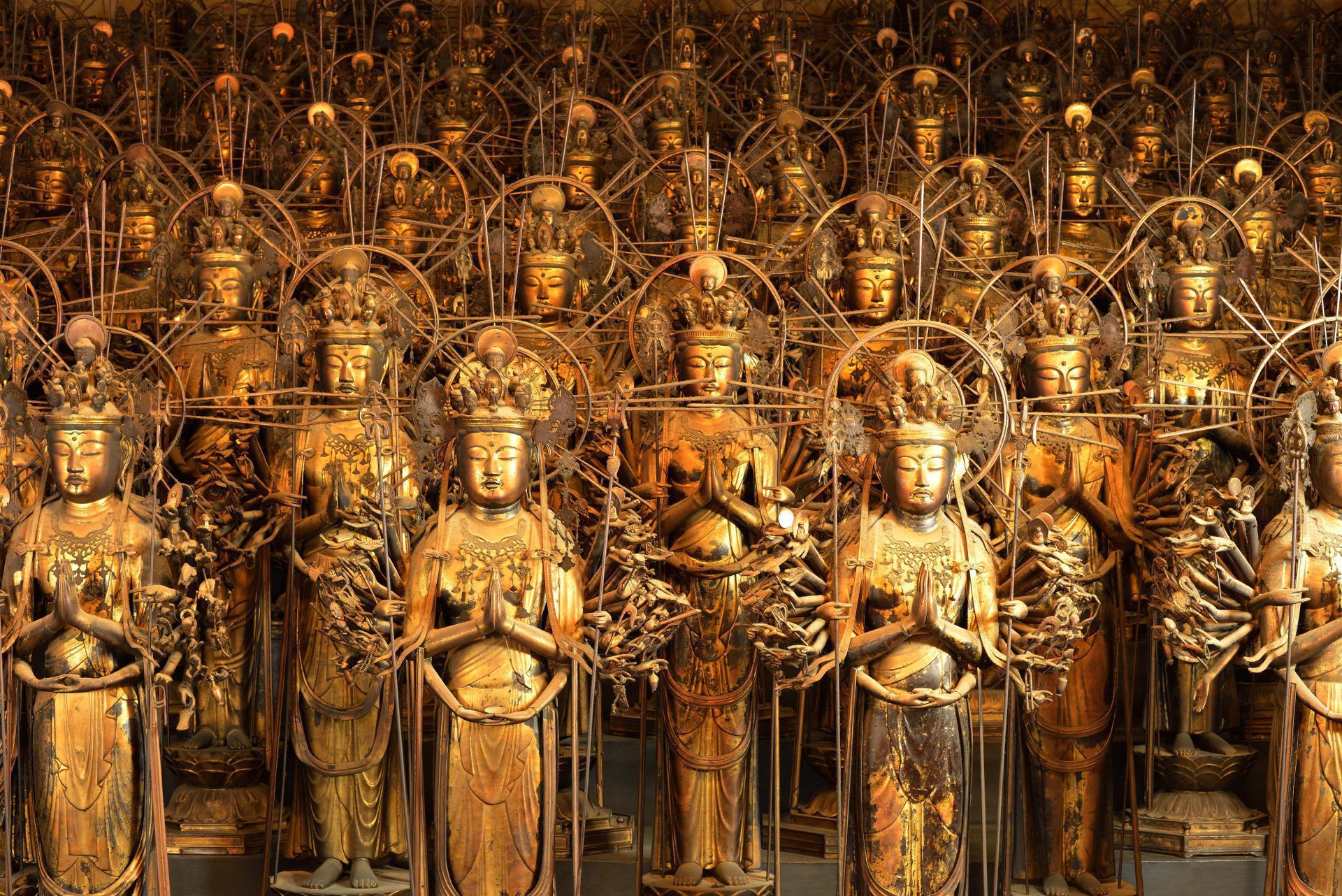
- Statues Collection: Over one thousand depictions of Kannon.
- Architectural Marvel: An extensive 120-meter hall.
- Artistic Legacy: A showcase of religious art and historic architecture.
Autumnal Beauty of Eikando
Known for its striking seasonal display, especially in autumn, the Eikando Temple offers visitors a journey through Japanese design and seasonal transformations.
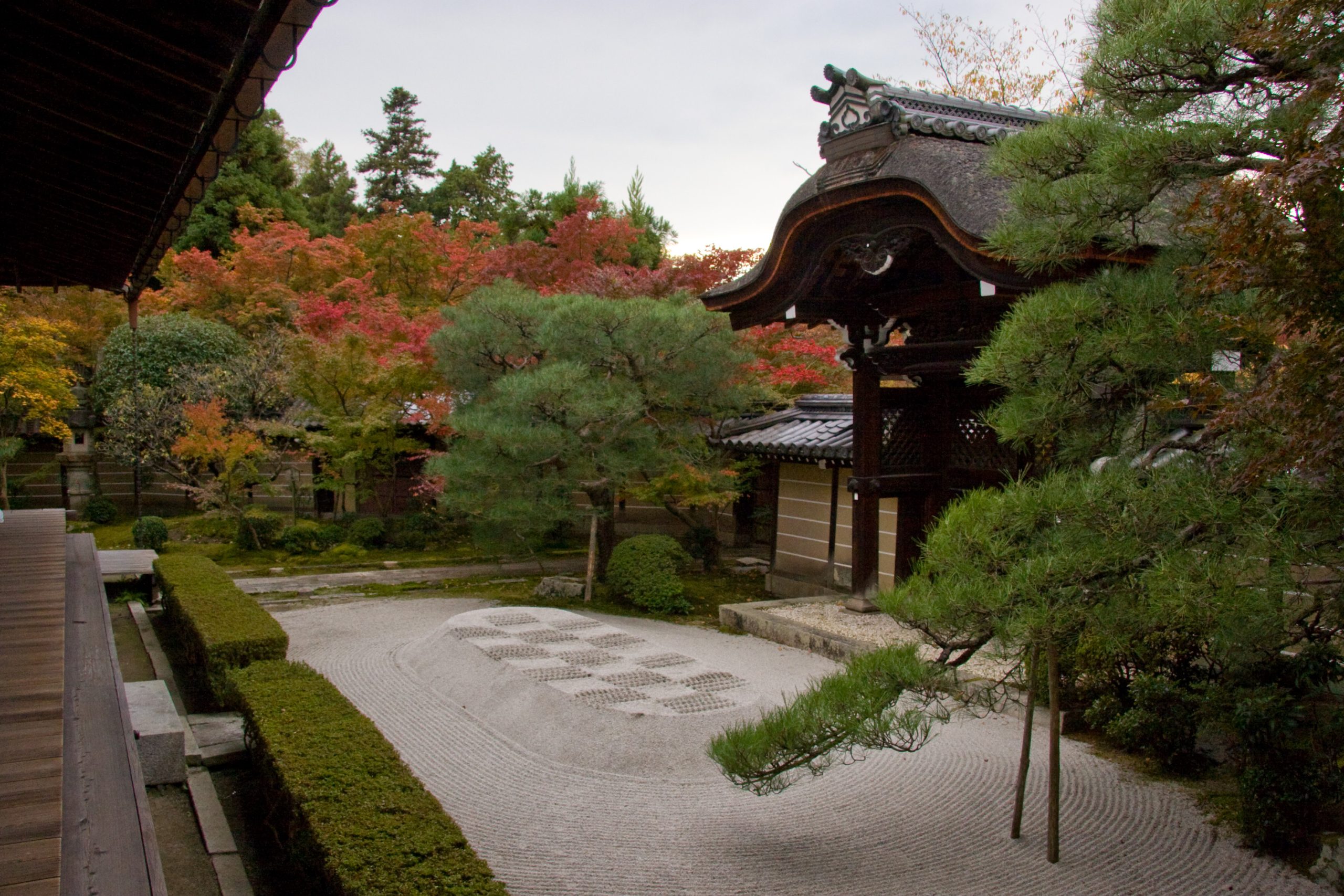
- Seasonal Attraction: A spectacle in the fall.
- Design Exploration: Winding paths, halls, and iconic pagodas.
- Japanese Aesthetic: A testament to the country’s design and fine craftsmanship.
Ninomaru’s Historical Panache
Within Nijo Castle’s expansive enclosure lies the Ninomaru Palace, a beacon of traditional Japanese artwork and feudal-era fortification.
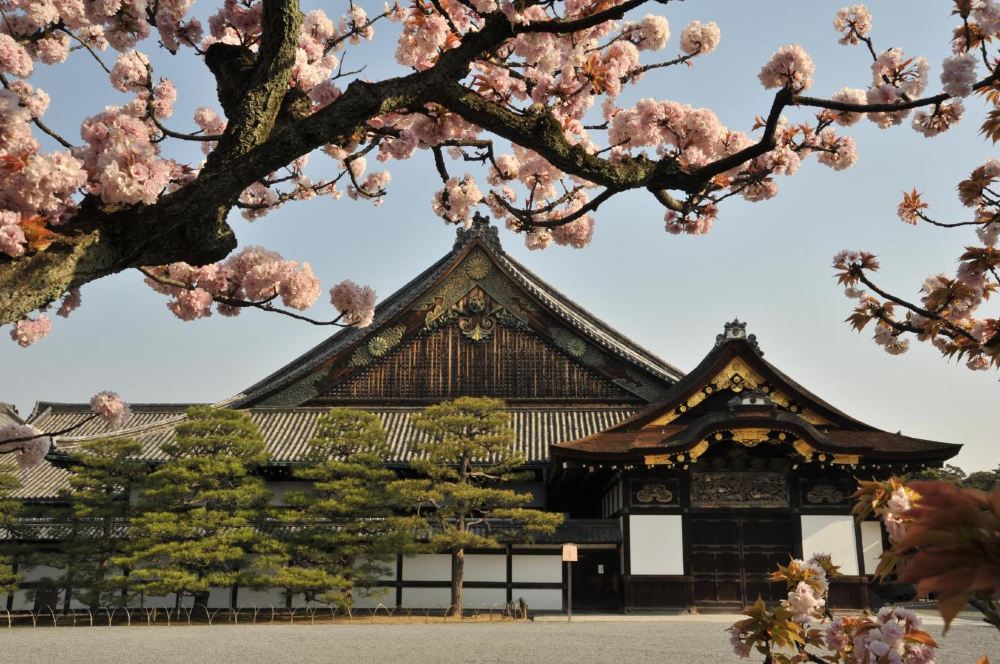
- Artistic Brilliance: Wall paintings and sliding door art.
- Exploration: A labyrinth of rooms set against formidable stone defenses.
- Feudal Insight: A glimpse into the architectural mastery of Japan’s storied past.
Wonders of Nature
Serene Bamboo Escapes in Arashiyama
In the heart of Kyoto lies the enchanting district of Arashiyama, renowned for its serene bamboo pathways. The Sagano Bamboo Forest stands as a testament to tranquility, its towering green stalks rustling softly in the breeze, creating a soothing soundscape. Visitors are encouraged to meander through this verdant labyrinth, which promises a sense of peace seldom found elsewhere.
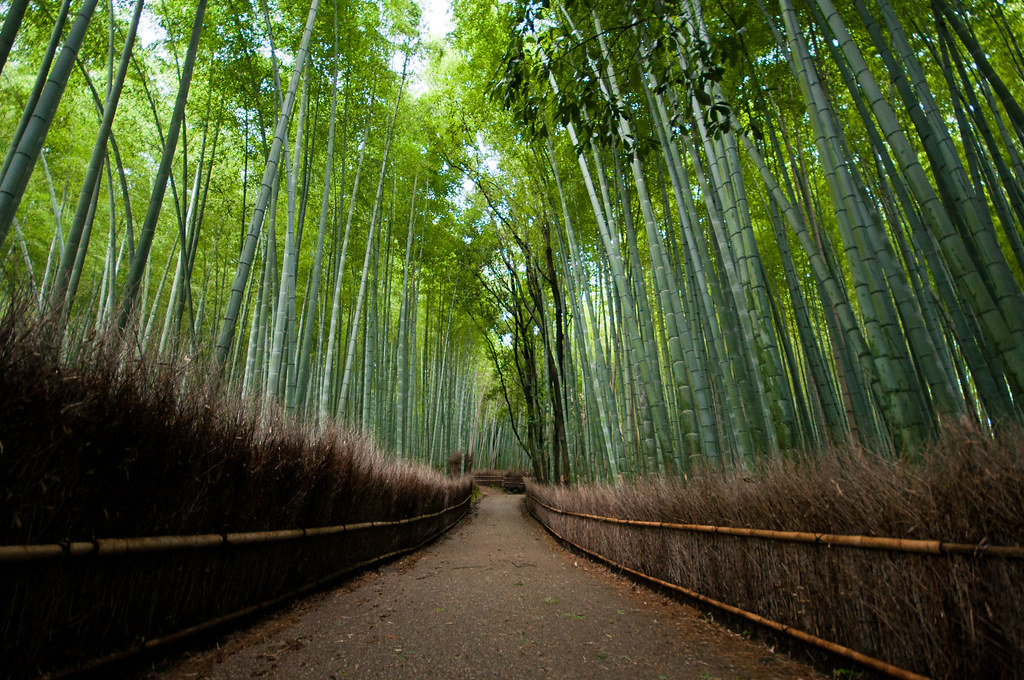
- Key attractions:
- Sagano Bamboo Forest
- Otowa Waterfall
Coastal Beauty along the Japanese Sea
Kyoto’s shoreline stretches along the pristine Japanese Sea, an expanse famed for its crystalline waters and panoramic seascapes. In particular, Ine-cho captivates tourists with its Venice-like charm, boasting a unique blend of architecture and waterways that will leave an indelible impression.
- Activities: Coastal sightseeing, boat tours
Pine-Clad Sandbar of Amanohashidate
Behold Amanohashidate, a natural marvel that spans 3.6 kilometers and is revered as a “bridge to the heavens.” Adorned with a curtain of pine trees, this sandbar offers one of Kyoto’s most breathtaking vistas and is a pinnacle of natural beauty.

- Location: Northern Kyoto
Rural Charm of Miyama
The mountainous terrains of Northern Kyoto cradle the idyllic village of Miyama. Here, time stands still amid thatched-roof homes, with scenes of daily rural life unfolding amidst verdant forests and emerald rice paddies.
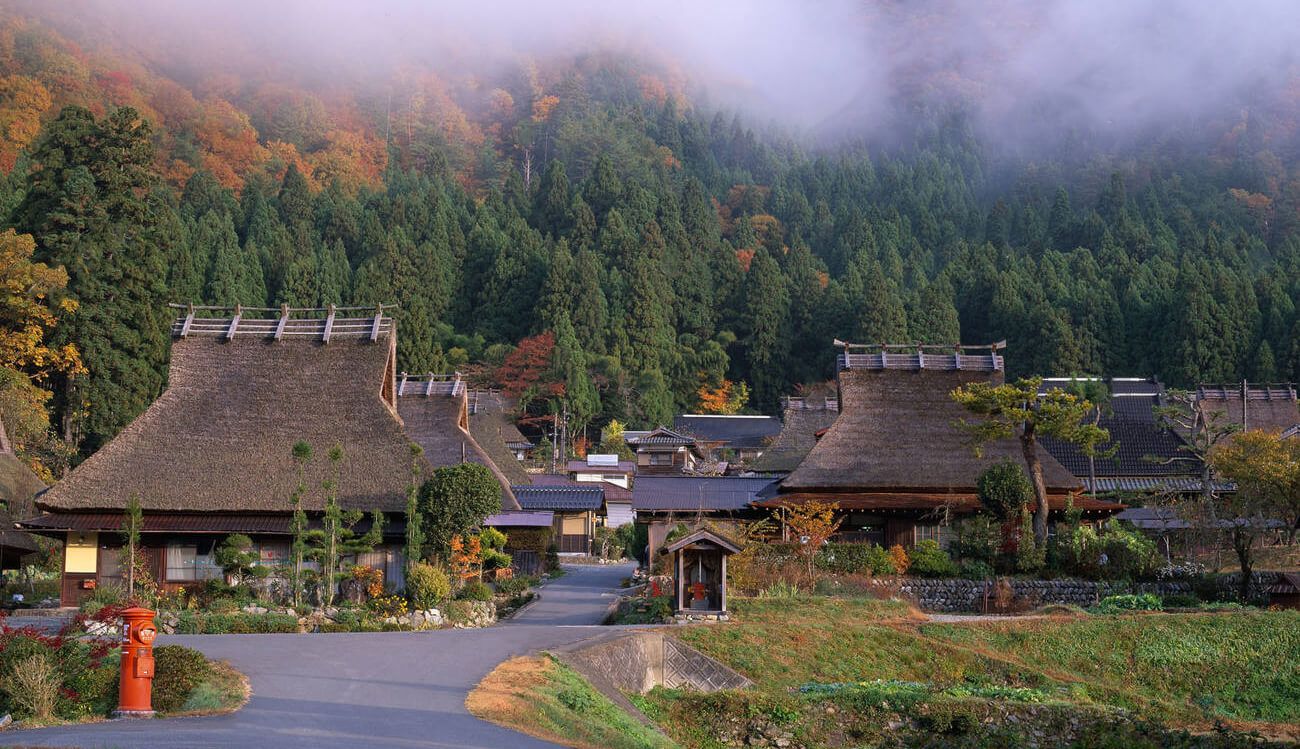
- Highlights: Traditional farmhouses, rural landscapes
Arashiyama also features sites like the Iwatayama Monkey Park, an enclave for wildlife enthusiasts, as well as the spiritual havens of Kibune and Kurama. For cherry blossom admirers, both Arashiyama and Takao deliver an exquisite display of these ephemeral blooms that envelop the region in a soft pink glow each spring.
Traditions Rooted in Culture
Rituals of Matcha
Within the heart of Kyoto’s traditions lies the ceremonial practice of serving matcha. This ritual encompasses more than just the preparation of powdered green tea; it is an exercise in aesthetic finesse, attentiveness, and respect. With a focus on creating a tranquil atmosphere, participants experience a moment of calm and reverence, aligning closely with concepts of Shinto and Buddhist mindfulness.
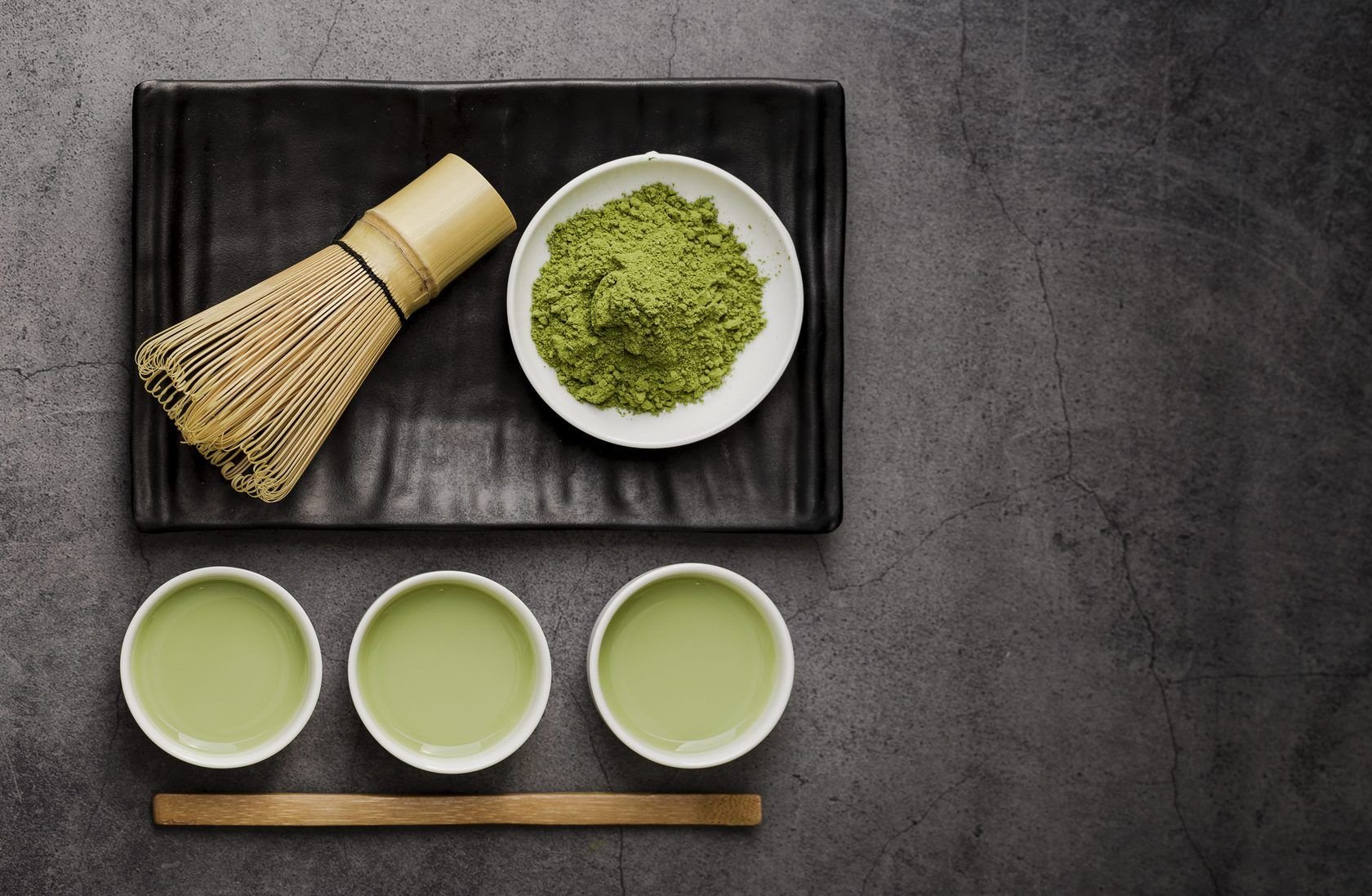
The Way of the Warrior
Kyoto’s past is steeped in the valor and discipline of the samurai—elite warriors who adhered to the rigorous ethical code known as “bushido.” Visitors can trace the steps of these legendary figures through numerous historical landmarks. From temples where monks once provided spiritual guidance to samurai, to well-preserved castles and exhibits filled with their armor and weaponry, the city is a tapestry of samurai legacy.
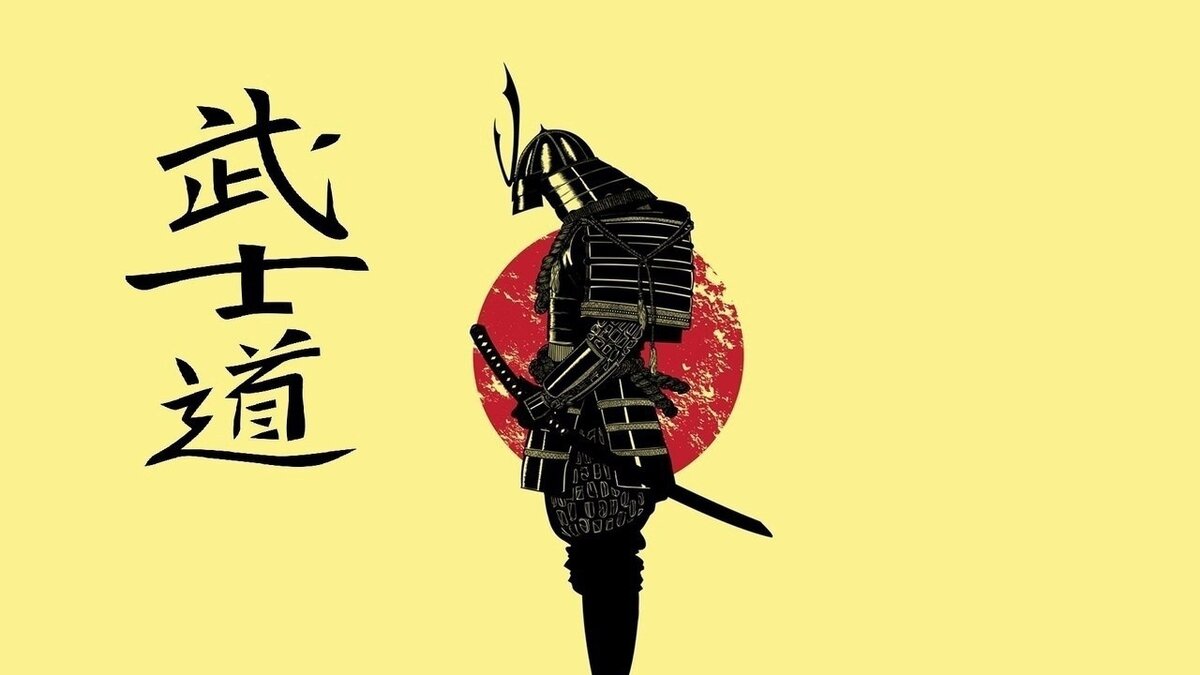
Traditional Garments
Kyoto’s cultural expression is vividly captured in the art of kimono wearing. These garments, crafted from fabric featuring complex designs and vibrant hues, are a staple of traditional Japanese attire. For those wishing to delve into this custom, numerous venues offer kimono rental services complete with professional styling. It’s common for individuals donning these elegant outfits to partake in historic practices such as the tea ceremony, thereby enriching their cultural experience.
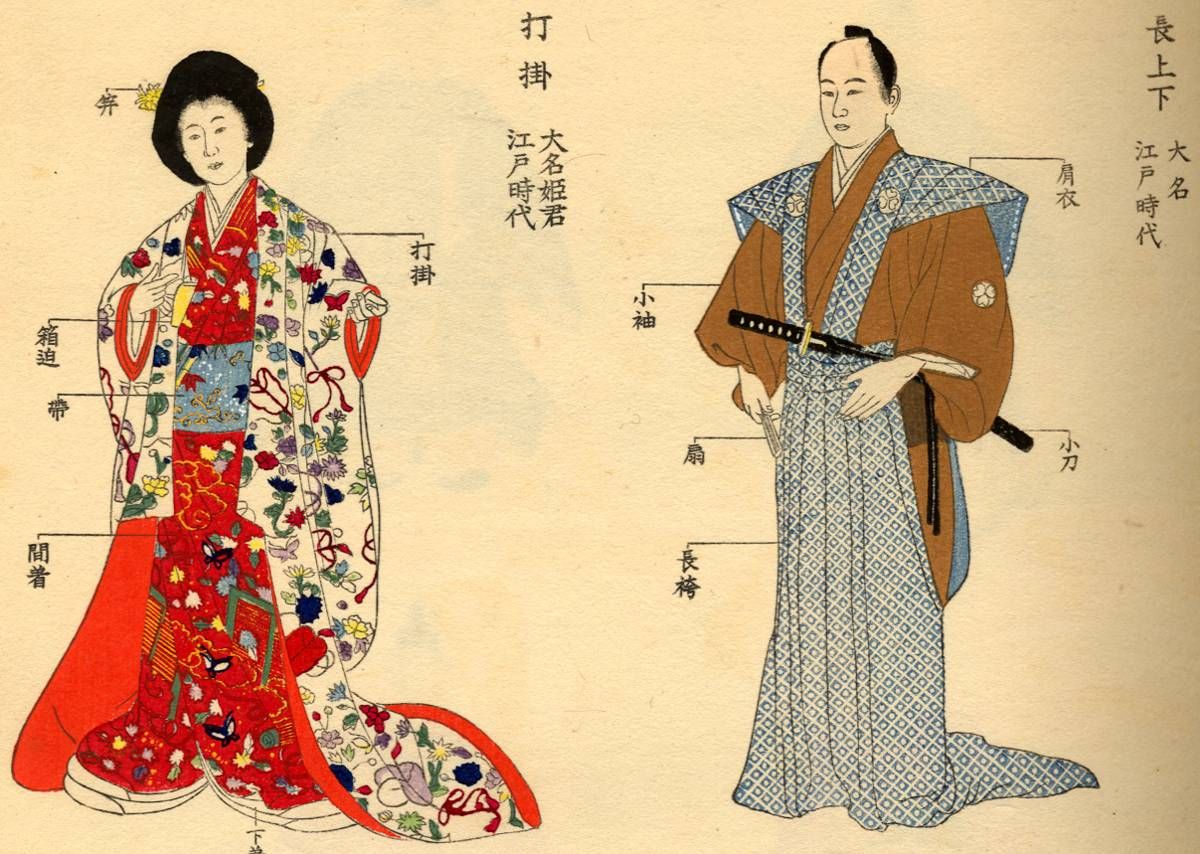
Flea & Street Markets in Kyoto
Vibrant Commerce in Shinkyogoku
Shinkyogoku shopping precinct presents a bustling scene where visitors immerse themselves in a diverse shopping experience. It’s a place brimming with activity, offering a variety of stalls and stores that capture the essence of Kyoto’s lively street markets.
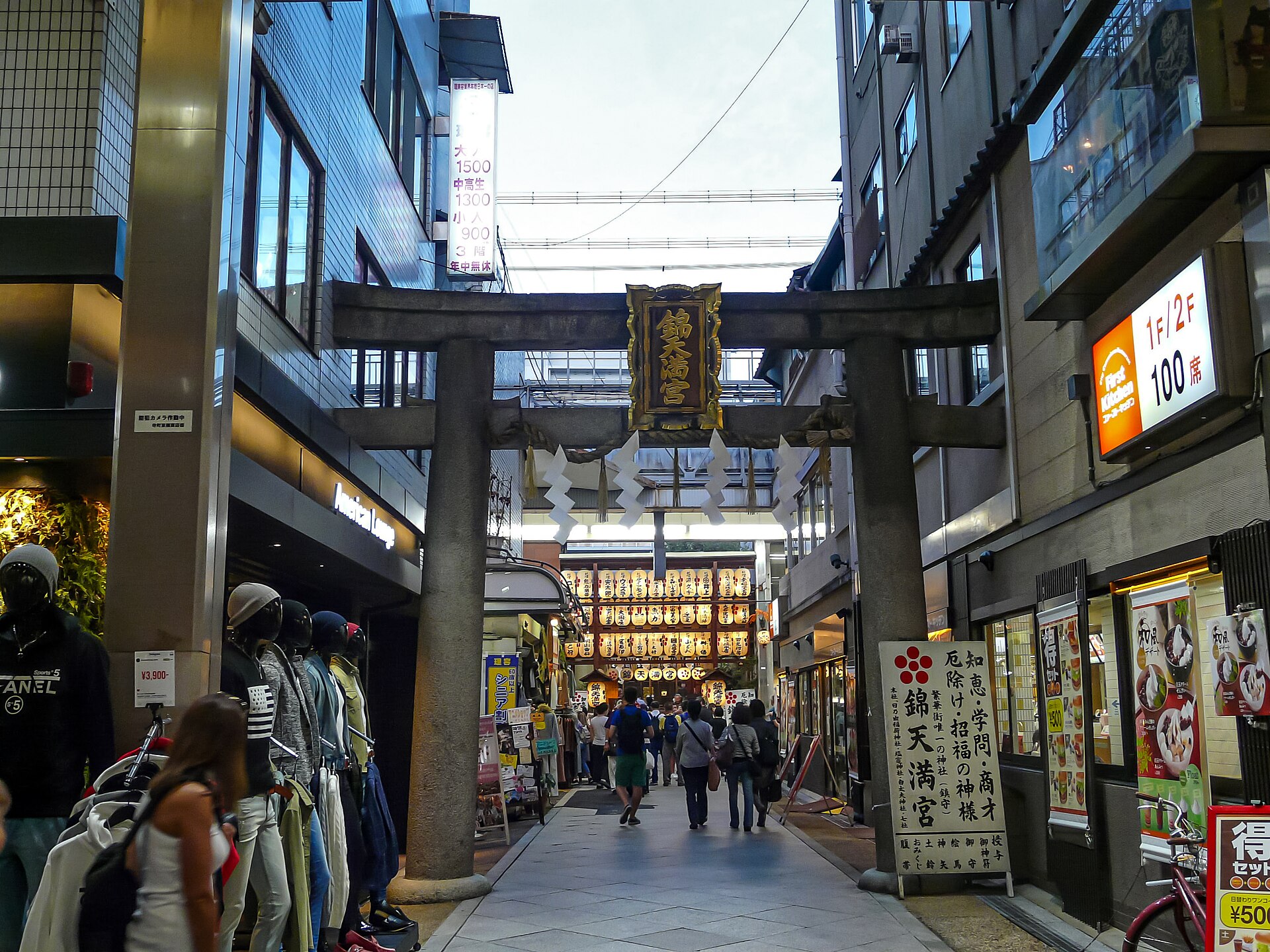
At the heart of Shinkyogoku:
- Nishiki Market: A gastronome’s delight that serves authentic Japanese dishes, sushi, and an assortment of wagashi (traditional sweets).
- Authentic souvenirs: An array of items from beautifully crafted kimonos to intricate accessories, perfect for gifts or personal mementos.
- Culinary treasures: Stores specializing in high-quality sake that ranges from classic flavors to innovative brews.
- Flea Market at Kitano Tenmangu Shrine: A traditional touch with vintage goods, religious items, and clothing that reflects the historic elegance of Kyoto.
Whether it’s enjoying the local cuisine or searching for the perfect souvenir, Shinkyogoku offers a memorable adventure that caters to all tastes and preferences.
Renowned Quarters of Kyoto
The Geisha Quarter
Amidst the time-honored streets of Kyoto, the Geisha Quarter, also known as Gion, stands as an emblem of traditional Japanese culture. This district is steeped in history, with its well-preserved wooden machiya houses, creating a captivating atmosphere that teleports visitors back to historical Japan.

The district is a central showcase of Kyoto’s geisha heritage. It is common to see geiko and maiko adorned in exquisite kimonos, their elegance a living representation of this storied practice. Here are key attractions within the Geisha Quarter:
- Promenade of Hanami-koji: As the bustling nerve center of the district, this street is home to high-end establishments where geiko and maiko host their guests. A walk down this street offers a vibrant glimpse into the heart of geisha entertainment.
- Shirakawa Canal Ambiance: Flanked by graceful willows and traditional facades, the canal provides a peaceful path perfect for appreciation of the district’s beauty and tranquility.
- Miyagawacho: The Rival Quarter: Situated close by, this less trodden geisha quarter offers a comparatively serene experience, allowing for a deeper exploration of Kyoto’s geisha culture within a calmer setting.
Visitors to the Geisha Quarter have the privilege of experiencing a living museum, where the rich tapestry of Japan’s cultural heritage continues to thrive amidst the modern world.
Sacred Sanctuaries
Vermilion Gateway to Mount Inari
The renowned Fushimi Inari Taisha stands out with its thousands of torii gates creating striking tunnel-like pathways. As a dedication to the Shinto deity of rice, Inari, this shrine offers a distinct journey through its vermilion gates and peace-invoking gardens. Devotees frequent this spiritual site, believing in Inari’s power over agriculture. The serene pond nested within the shrine vicinity invites tranquility amidst the bustling city.

| Main Attractions at Fushimi Inari Taisha |
|---|
| – Thousands of vermilion torii gates |
| – Numerous sub-shrines |
| – Tranquil gardens with a picturesque pond |
Zen Reflections at the Gold-Leafed Temple
Kinkaku-Ji, the temple colloquially known as the Golden Pavilion, catches the eye with its gold-leaf-clad upper stories. The estate’s manicured gardens accentuate the gleaming structure, which is set beside a reflective pond. While visitors are not permitted inside Kinkaku-Ji, the garden paths afford comprehensive views of the grandeur, drawing many admirers annually.
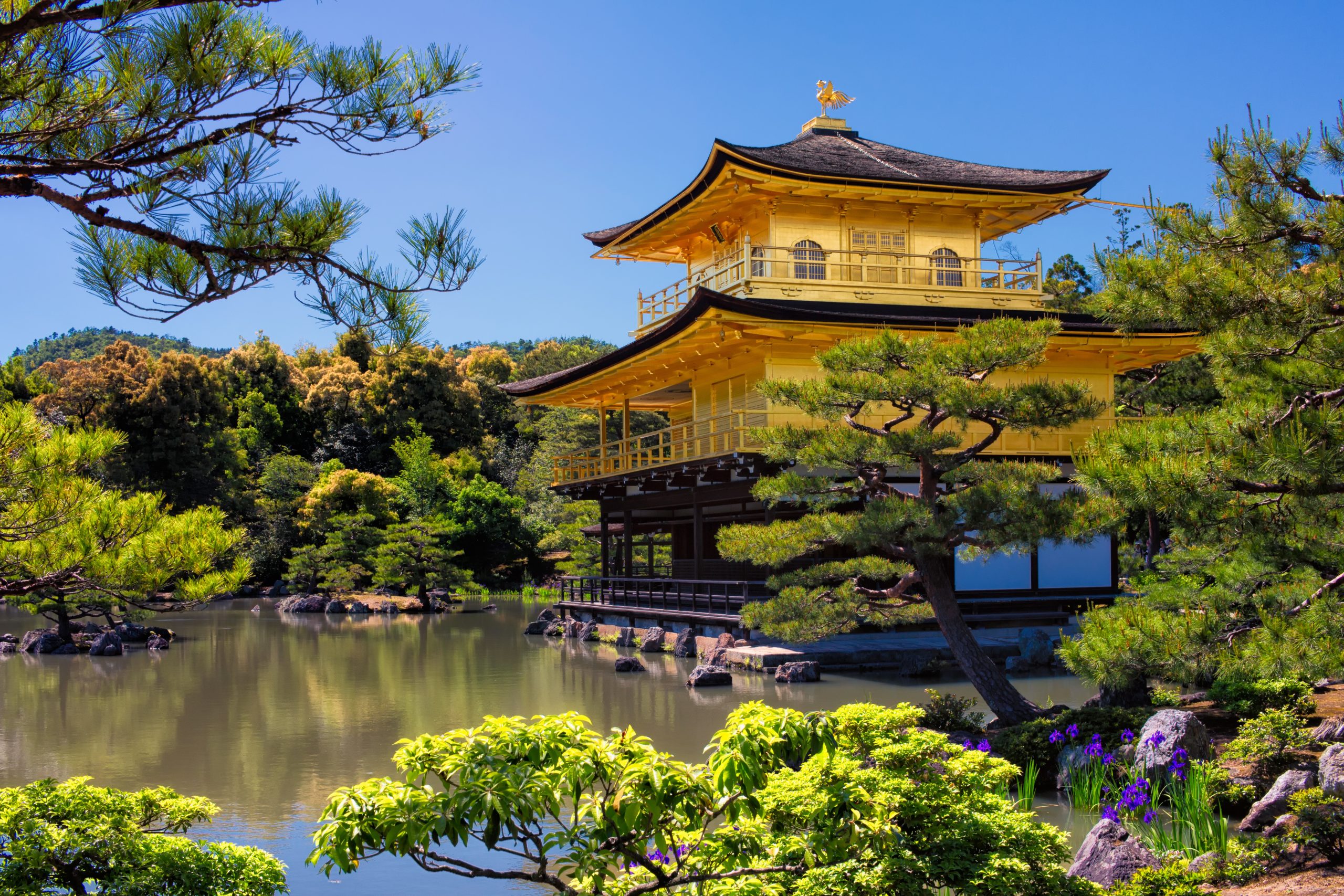
| Highlights of Kinkaku-Ji |
|---|
| – Zen Buddhist architecture |
| – Golden exterior of the temple |
| – Stunning garden landscapes |
Serene Elegance of the Silver Pavilion
Contrary to its suggestive name, the Ginkaku-Ji or Silver Pavilion is recognized for its subdued graceful design rather than a metallic sheen. Its artful sand patterns and velvety moss gardens inspire a meditative ambiance. A stroll around its gardens treats the senses to a harmonious balance of greenery against the temple’s understated backdrop.
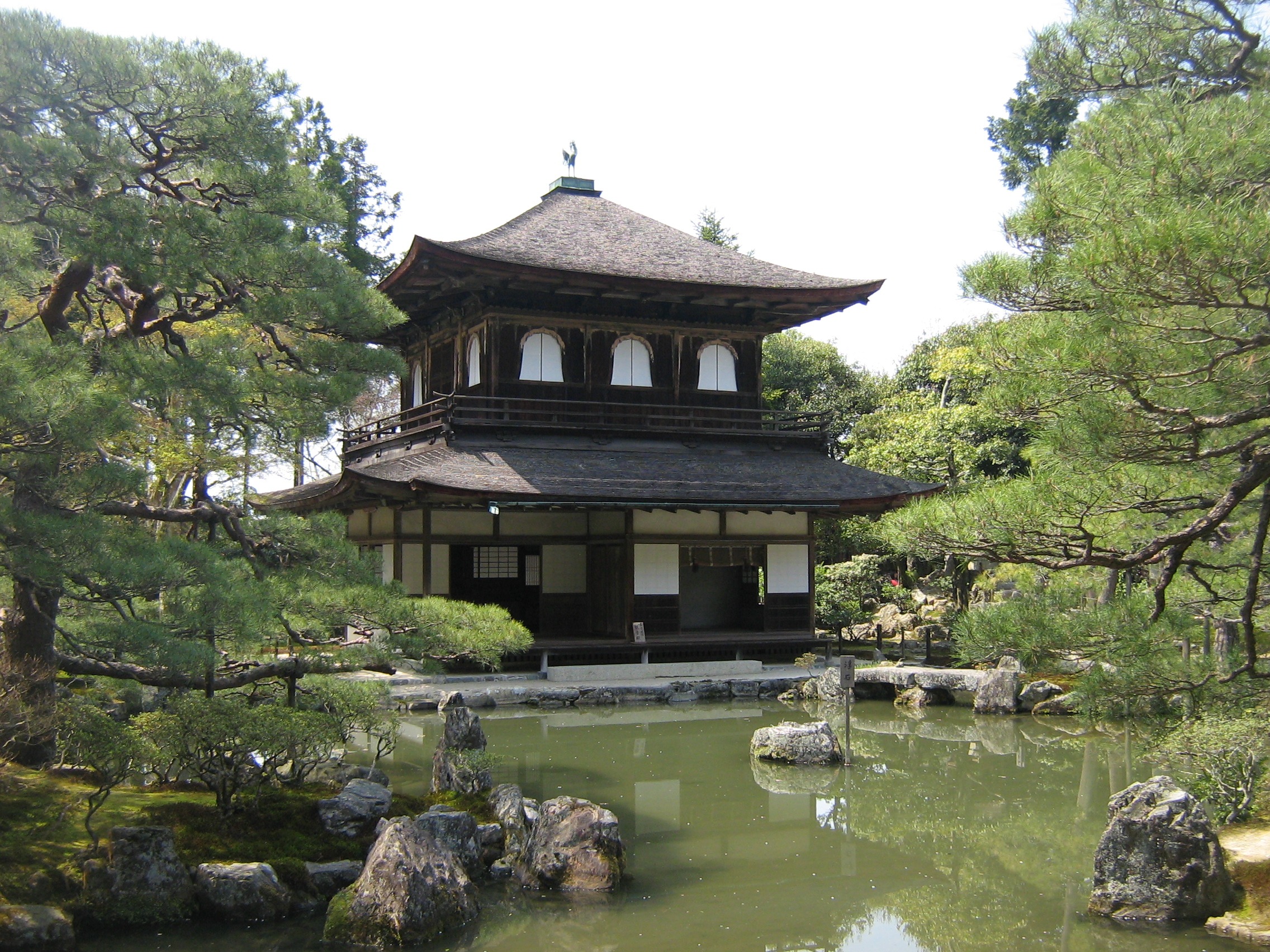
| Ginkaku-Ji Features |
|---|
| – Sand and moss gardens |
| – Scenic walking paths |
| – Elegant temple architecture |
Exploring Kyoto
Stroll-Based Explorations
Kyoto’s streets are a tapestry of history and modernity, best discovered on foot. Themed strolls unveil the elegance of the tea houses, the charm of the geisha quarters, and the grandeur of its temples and shrines. These guided saunters are narrated vignettes of a Kyoto less known.
Condensed Journey Packages
Short on time but big on adventure, these condensed journeys distill the essence of Kyoto. Visitors can traverse the scarlet corridors of Fushimi Inari Taisha, marvel at the Golden Pavilion’s reflection, or unmask the out-of-sight appeals of the city—all in half a day.
Immersive Cultural Journeys
Immerse in Kyoto’s soul through its culture-rich offerings. Historical architecture, spiritual ceremonies, and closely held traditions come alive. Whether it’s through kimono fittings or participating in a serene tea ceremony, these tours deepen the appreciation for the city’s historical chronicles.
Culinary Workshops
Embark on a gastronomic voyage with culinary workshops that invite hands-on engagement. From the selection of fresh ingredients at local markets to the culinary intricacies of Japanese dishes, these sessions conclude with the best part—tasting your creations.
Alternative Tours and Activities
Venture beyond the traditional pathways with adrenaline-fueling mountain bike excursions or serene hikes in nature’s embrace. As dusk falls, the nocturnal allure of Kyoto beckons; discover culinary delights and lit-up locales that give a glimpse into the city’s pulsating evening ambiance.
Additional Points of Interest in Kyoto
The Former Residence of Japan’s Sovereignty
Once the primary dwelling of Japan’s emperors, this regal compound sits in the center of Kyoto, showcasing classical Japanese architectural designs. Visitors to the site can walk through the expansive gardens, which host a variety of historical structures. One can witness the grandeur of the Shishinden, the ceremonial hall of the emperors, and the Seiryoden, which served as both living quarters and governmental space.

The Culinary Heart of Kyoto
Centrally located, Nishiki Market pulses with life, offering a vibrant array of stalls. Here, one can sample local treats, including freshly made pickles, expertly sliced sashimi, artisanal sweets, and premium green tea. The market is not just a foodie’s paradise but also a treasure trove for those seeking distinctive keepsakes and culinary utensils. This bustling corridor provides a deep dive into the everyday bustle and community spirit of Kyoto.
In addition to these locations, Kyoto is filled with various attractions to explore:
- Arashiyama: Recognized for the enchanting Bamboo Grove and the engaging Iwatayama Monkey Park.
- Fushimi Inari-Taisha: Esteemed for its visually captivating tunnel of vermilion torii gates.
- Kinkaku-ji (The Golden Pavilion): An exquisite Zen temple adorned with gold leaf.
- Uji: Renowned for its superior green tea and the magnificent Byodo-in Temple.
- Nanzen-ji: This Zen Buddhist temple complex features scenic gardens and an imposing gate, offering a peaceful retreat.
Kyoto Prefecture is a treasure trove of history, natural splendor, and cultural richness, waiting to be experienced through its numerous attractions.
Additional Highlights in Kyoto
Manga Treasury and Cultural Center
Stepping into Kyoto’s bastion of manga, visitors find themselves surrounded by an overwhelming collection of approximately 300,000 manga items. Opened in 2006, this establishment is more than just a museum; it’s an extensive library where enthusiasts can immerse themselves in the vast world of manga. The most striking feature is the Wall of Manga, showcasing 50,000 volumes accessible for reading enjoyment within the premises.
- Collection: ~300,000 manga-related items
- Opened: 2006
- Highlight: Wall of Manga with 50,000 volumes
Mountain Sanctuary of Water
Tucked in the mountains of Kyoto, a historical Shinto sanctuary beckons. Dedication to the water and rain deity marks this site as a spiritual haven for over 1,600 years. Venturing through a pathway punctuated by red lanterns, pilgrims ascend the storied stone steps to reach a serene place of worship, embraced by lush natural beauty.
- Deity: God of water and rain
- Founded: Over 1,600 years ago
- Feature: Stone steps with red lanterns
Note: Among these additional landmarks, Yasaka Pagoda standing in the heart of Kyoto’s historical district offers a picturesque vista, harmoniously blending with the city’s rich tapestry of cultural gems.
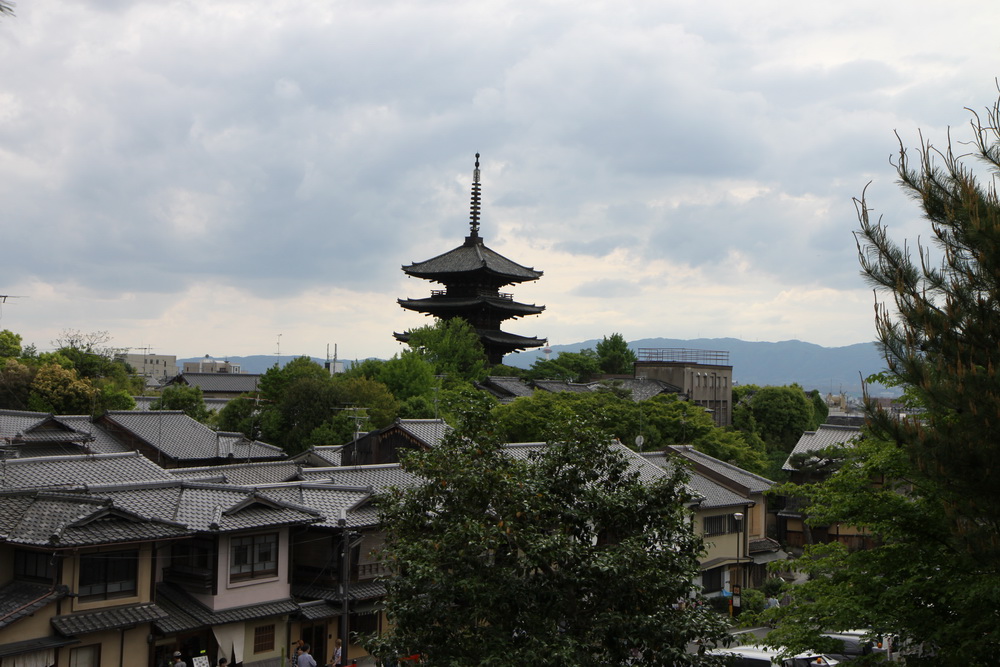
Unwind in Thermal Waters
Kyoto’s onsens provide a serene escape, nestled amidst lush mountains. Renowned baths like Tenzan-no-yu, Funaoka, and Higashiyama-yu beckon with healing waters. Here, visitors can experience the restorative ambiance of a traditional ryokan while soaking in nature-infused tranquility.
Essential Tips for Visiting Kyoto
- Travel by Train: Kyoto can be efficiently reached via Shinkansen, just 30 minutes from Osaka or 1 hour from Nagoya. From Tokyo, the journey takes 2 hours and 10 minutes.
- Navigating Kyoto: Driving in Kyoto is not advised due to narrow roads and costly, scarce parking.
- Cherry Blossom Season: While the blossoms are stunning, be advised that this period draws the largest crowds.
- Embrace the Commotion: If crowds do not deter you, experiencing the blossoms is an unforgettable sight.
- Travel Preparedness: Expect to share popular spots with others and plan accordingly for a rewarding visit.
Safe and enjoyable travels to all heading to Kyoto!
